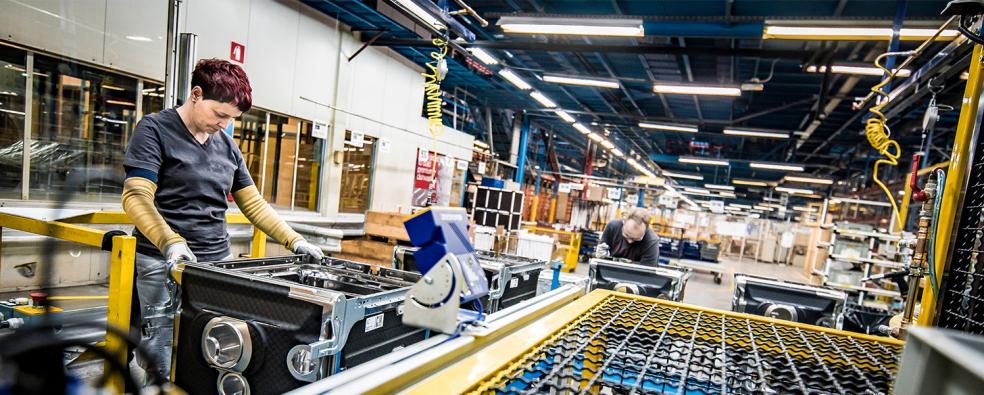Smart factories are transforming the way companies produce products. With an increasing push towards efficiency, safety, and speed, Industrial Internet of Things (IIoT) is becoming one of the most important strategies today. To operate, this industry needs well-trained and educated professionals. For those looking for a new career path, the PLC Technician Certificate program at George Brown College could be the ideal path to consider.
